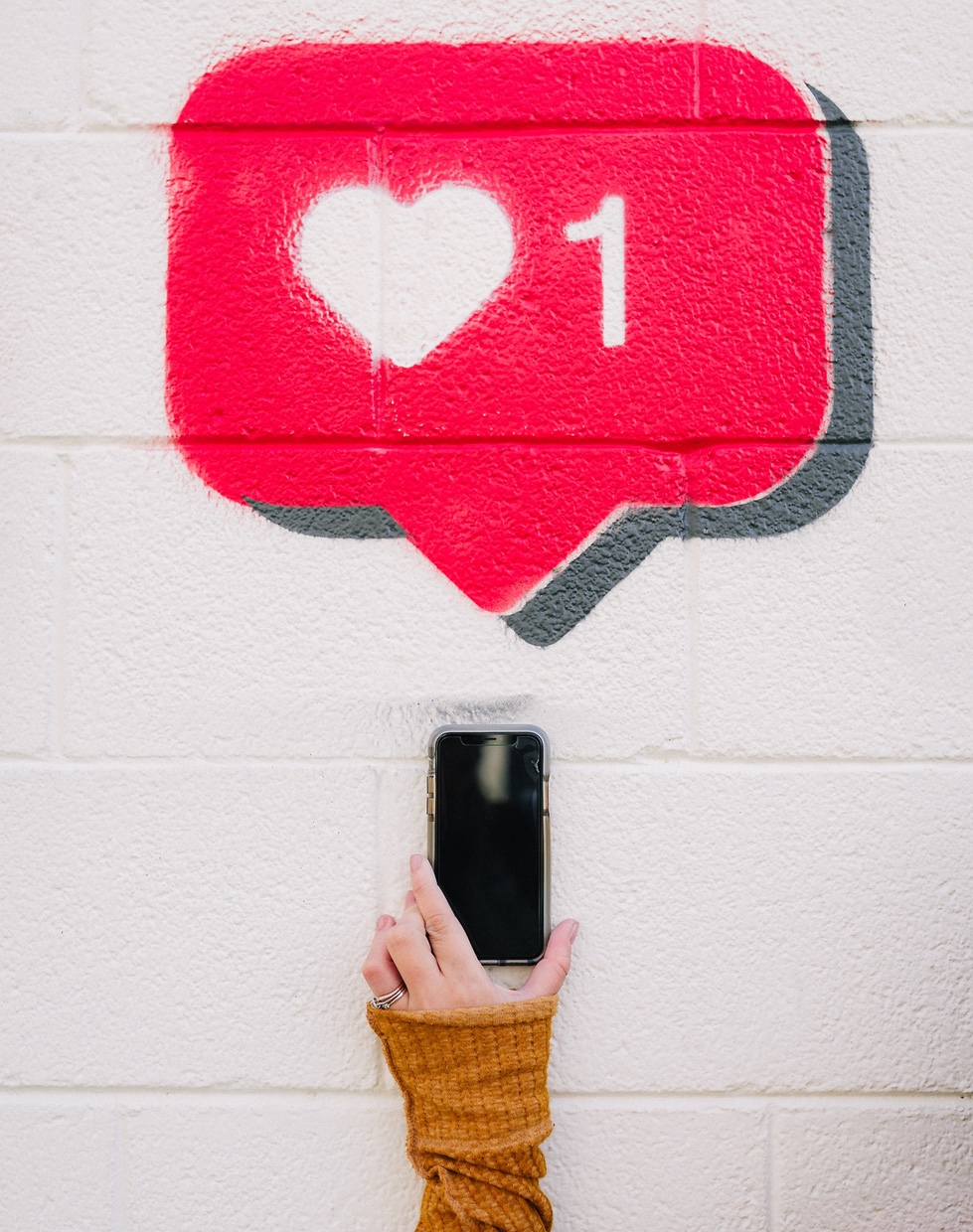Why You Should Avoid Shared Circles on Google+

Circles are a way of organizing the people you follow on Google+.
They give you a neat way to compartmentalize people and direct your messages to the right ones. And because you create them yourself, your circles are organized based on what makes the most sense to YOU, and everyone in your circles is someone you have intentionally added.
But shared circles (circles created by others and then made public for anyone to add) take everything that makes circles work in the first place and undoes it. And that’s why shared circles are just not a good idea.
I came to this conclusion thanks to my own faux pas on my way to understanding how to use Google+ circles, from back when I first really dug in to Google+.
I came across a blog post that sung the praises of shared circles— a new concept to me at the time. I didn’t really think it out before adding a shared circle this particular blogger had compiled. After adding the circle, I started looking through it. I was immediately unimpressed. It was supposed to be a group of most-follow marketers on Google+, but instead it was a group of about 200 people, a large number of whom had nothing to do with marketing, and some whose profiles weren’t even completely filled out.
I started removing these people from the circle I had added. I had really hoping to come across some great marketing folks, but they just weren’t to be found. I thought I should continue going through the circle to find the gems and remove the others, but there wasn’t much there and eventually I just deleted the entire circle. All told, I wasted more than an hour trying to make this shared circle work for me, and ultimately I just gave up, leaving me with nothing to show for my efforts.
Frustrated, I started looking into the concept of shared circles—was the entire idea bogus, or just the circle I had added due to my lack of knowledge? The combination of my own experience and my research into the topic (particularly this post from Mark Traphagen) has led me to believe that shared circles are a waste of time. But regardless of whether you agree or disagree, here’s a few things you should ask yourself before you pursue shared circles:
What am I hoping to get from adding this circle?
There are more efficient and successful ways to build your circles. If you want to find other people with similar interests, turn to communities. You’re much more apt to find active Google Plus-ers who are worthy of adding to your circles this way. You can also do a hashtag search to find those who are posting about topics of interest to you. Adding a shared circle sounds like it would make your feed more robust, but what it can do is fill it with irrelevant posts. Even if the posts are on the topic you were hoping for, the fact that you didn’t actually add the people yourself means you have no idea who they are and if their opinion is worthy of your time and trust.
Who created this circle, and why?
Before you add a shared circle, ask yourself who created it. If it’s someone you know personally, or someone you have followed for a while and respect professionally, that’s a big step in the right direction. If it’s anyone else, use caution. Look closely at the topic of the circle, because if it’s something like “My 500 Favorite Marketers”, you might want to think twice. Why? Because 500 is a lot of people to circle at once, and because it’s a very subjective topic—there’s probably no real criteria. That leaves you with no idea of what type of people you’ll be circling. And since the maximum number of people Google+ allows you to add to circles is 5,000, you’ll get there fast if you keep adding these large groups.
What are the criteria?
There are “mega” shared circles out there that will add you—all you have to do is ask. But do you want to add – or be part of – a a circle whose members are there for no reason other than they wanted to be? Avoid these at all costs.
If you’ve asked all these questions and the shared circle still seems like a good idea, then adding it might not give you the headache it did me. Ultimately, it all comes back to what you’re hoping to get from the Google+ experience.
For me, beyond the fact that it led to frustrating experience, shared circles felt like a step in a very inauthentic direction. I want my circles to be full of people I know personally or those I follow and respect professionally. And after my experience with shared circles, I’m perfectly content to find and add them one by one.
Do you participate in or add shared circles? I’d love to hear your thoughts!
MORE ARTICLES
-
 How to Support Your School Story with Organic, Authentic Social Media
How to Support Your School Story with Organic, Authentic Social Media -
 How to Attract Dream Families with Unforgettable Private School Social Media Advertising
How to Attract Dream Families with Unforgettable Private School Social Media Advertising -
 The Case for School Content Marketing
The Case for School Content Marketing -
 Social Proof: What Is It, and How Can School Marketers Use It?
Social Proof: What Is It, and How Can School Marketers Use It? -
 Conversion Copywriting for Schools: An Introduction
Conversion Copywriting for Schools: An Introduction -
 10 Questions to Help Conquer School Marketing FOMO
10 Questions to Help Conquer School Marketing FOMO -
 You Wrote a School Blog Post— Now What?
You Wrote a School Blog Post— Now What? - 2 NEW Ways to Inspire School Blog Content in 2017
It is difficult enough to focus on shares from those you DO want to see, much less a pile of disparate posts on everything from marketing to auto repair and animal pictures. You’re right, shared circles typically undo all that makes circles so powerful in the first place.
Not so sure. Obviously I get your point about being causious of the mega circles. Even the one with 500 people I wouldn’t see the point in adding. However the concept of sharing circles isn’t entirely flawed. For exple if you follow a someone who you come to respect and they have a shared circle of about 10-15 people that are thier sources of inspiration then adding thiered shared circle may be the best and quickest way to network and branch out the people you communicate with. So as you say it all depends on the specific shared circle and the reason it was put togetherin the first place. Tbh I would not have found this post if it where not for someone I found via a shared circle.
Hi Craig,
I definitely see your point- a small, thoughtfully curated list of people that comes from someone you trust could be valuable. It’s just been my experience that shared circles are typically much larger and more chaotic than that!
Well curated circles are very hard to find. Most shared circles come from the “Circle Sharing Mafia” and should definetely be avoided.
Thanks for your post. Added to my blog:
http://karllouis.blogspot.com/2014/03/the-methods-of-g-circle-sharing-mafia.html
Thanks, Karl. Appreciate you sharing the post!
I pick and choose who to add based on certain criteria. Circles are just a way of exposing you to more people you may have a spark with. There are many ways to find people on Google+ and circles are no different. You have to spend a little time looking people and pages over but it’s well worth the effort.